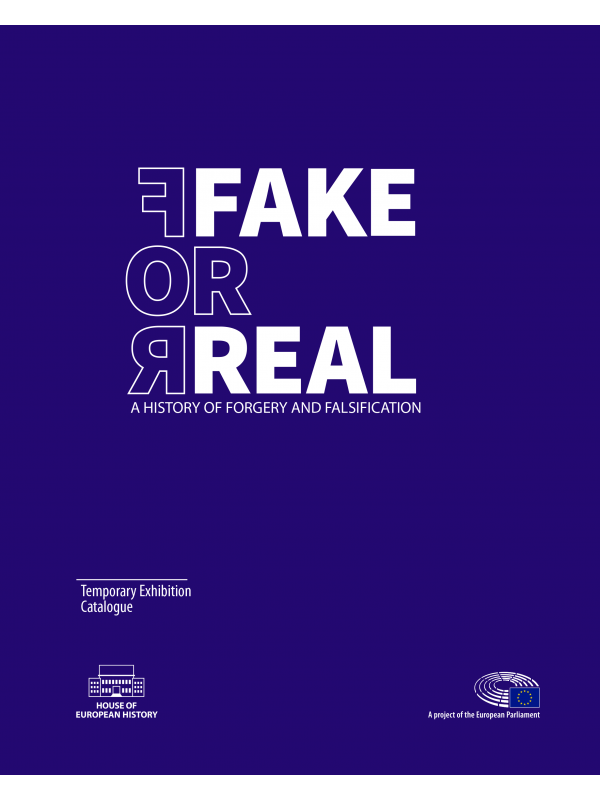Shopping Cart
0 item(s) - 0.00лв
Fake for Real: A history of forgery and falsification
Fake for Real: A history of forgery and falsification. Temporary exhibition catalogue
Language: English. Category: Counterfeits
Table of contents
INTRODUCTION
Preamble
Foreword
Preface
Why should society dispute historical concepts of truth and fake?
Curatorial introduction to the exhibition
Educational aspects of the exhibition
PART ONE. THE EXHIBITION NARRATIVE
RULING AND PRAYING 33
Case Study 1. Condemned to be forgotten
Case Study 2. The Donation of Constantine
Case Study 3. Forging relics
UNDERSTANDING THE WORLD
Case Study 4. Invented lands and creatures
Case Study 5. Freedom to print
Case Study 6. Forging science: Piltdown Man
UNITING AND DIVIDING
Case Study 7. Forging history: patriotic fakes
Case Study 8. Conspiracy theories: the Protocols of the Elders of Zion
Case Study 9. Forging evidence: the Dreyfus Affair
FIGHTING WAR
Case Study 10. Lifesaving forgeries
Case Study 11. Deceiving the enemy: operation Bodyguard
Case Study 12. Denying crime
FAKE AND FORTUNE
Case Study 13. Han van Meegeren, a master of the art of forgery
Case Study 14. Faking brands
Case Study 15. Counterfeit currency
Case Study 16. The era of post-truth?
PART TWO. DIFFERENT PERSPECTIVES ON FORGERIES IN HISTORY
The medieval notion of truth. The trustworthiness of relics
‘Liars should have good memories’. What we talk about when we talk about forgery (and its debunking)
Fakes, patriotic and otherwise. The past as smoke and mirrors
Why have fakes become crimes?
A fake conquers the world. The Protocols of the Elders of Zion
Fake brands. The Romantic basis of their conceptualisation
How big is the disinformation challenge facing us?
EPILOGUE
Exhibition Team
Editorial Team
House of European History Team
Lenders
Image Credits
| Details | |
| Publisher | Publications Office of the European Union |
| Language | English |
| Pages | 204 |
| Illustrations | color figures |
| Binding | paperback |
| ISBN | 978-92-846-5038-5 |
| Creation date | 2020 |
| Size | 21 х 29 cm |
Write a review
Your Name:Your Review: Note: HTML is not translated!
Rating: Bad Good
Enter the code in the box below:












